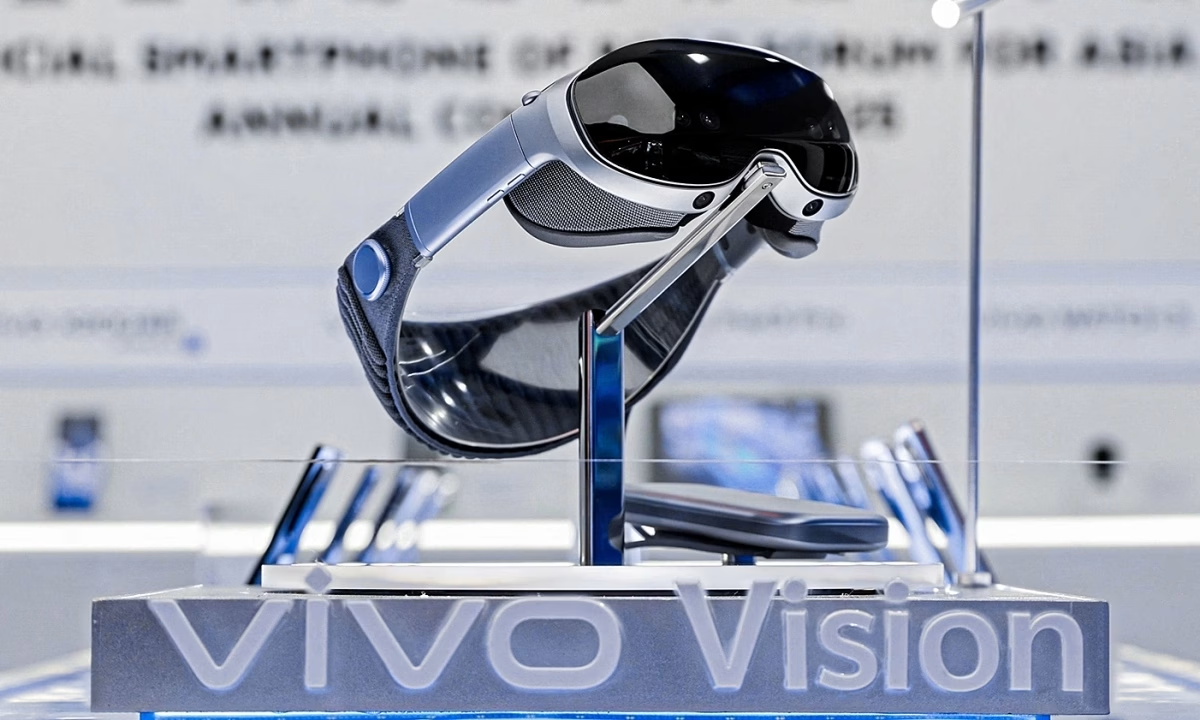Vivo's Answer to Spatial Computing is Here: Vivo Vision Demos Go Live in China with Key Specs Revealed
It's official. The mixed reality space just got a lot more interesting. After months of whispers and patent filings, Vivo has finally taken the wraps off its ambitious new headset, the Vivo Vision. And they're not just talking about it—the device is now actively being demonstrated in select Vivo flagship stores across China, giving the public its first real look at the company's vision for spatial computing.
This isn't some behind-closed-doors tech demo. This is a full-on retail presence, signaling that a consumer launch is likely just around the corner, at least for the Chinese market. Alongside the demos, Vivo dropped a spec sheet that confirms what many had suspected: they're not aiming for the budget-friendly segment. They're swinging for the fences.
So, what exactly is the Vivo Vision, and how does it stack up? Let's dive into what we know.
A Look Under the Hood: The Official Specifications
Vivo seems to have cherry-picked some of the best components available for its first-generation headset. The goal is clearly to compete on performance and visual fidelity, putting it in the same conversation as other premium devices.
Display and Visuals: 4K Micro-OLED Power
Here’s a quick breakdown of the key visual specs:
- Display Tech: Dual Micro-OLED
- Resolution: 3840 x 3552 per eye (often marketed as "4K per eye")
- Field of View (FOV): Approximately 105 degrees
- Refresh Rate: 90Hz, with a 120Hz mode in development
The resolution puts it squarely in the same league as the Apple Vision Pro, promising incredibly sharp text and detailed visuals. The 105-degree FOV is respectable, wider than some early headsets and on par with many current-gen devices, though perhaps not as expansive as some ultra-wide specialty headsets. It's a solid middle ground that balances immersion with hardware constraints.
The Brains of the Operation: Snapdragon Power
The In-Store Experience: What Are People Seeing?
Reports from Chinese social media and tech blogs are starting to paint a picture of the demo experience. It appears Vivo is focusing on showcasing a mix of productivity and entertainment use cases.
One of the primary demos involves a multi-screen productivity setup, where users can arrange several large virtual monitors in their physical space. This is a direct challenge to the "spatial computing" productivity narrative pushed by Apple. Early impressions praise the clarity of the text, a direct benefit of those 4K Micro-OLED screens.
Another major part of the demo is immersive video playback. Users are being shown high-resolution 3D and 360-degree video content, highlighting the headset's media consumption capabilities. The vibrant colors and deep blacks of the displays are reportedly a standout feature here.
Market Positioning and What's Next
Vivo isn't being shy about where it's positioning this device. The specs, the focus on productivity, and the premium components all point to a high-end consumer or prosumer product. It's less of a Quest 3 competitor and more of a direct response to the Vision Pro, albeit likely at a more accessible (though still premium) price point.
For now, the Vivo Vision has successfully transitioned from rumor to reality. It's a technically impressive piece of hardware that proves another major tech player is taking mixed reality seriously. Now, all we can do is watch for the price tag and wait to see if the software experience can live up to the promise of its powerful hardware.
